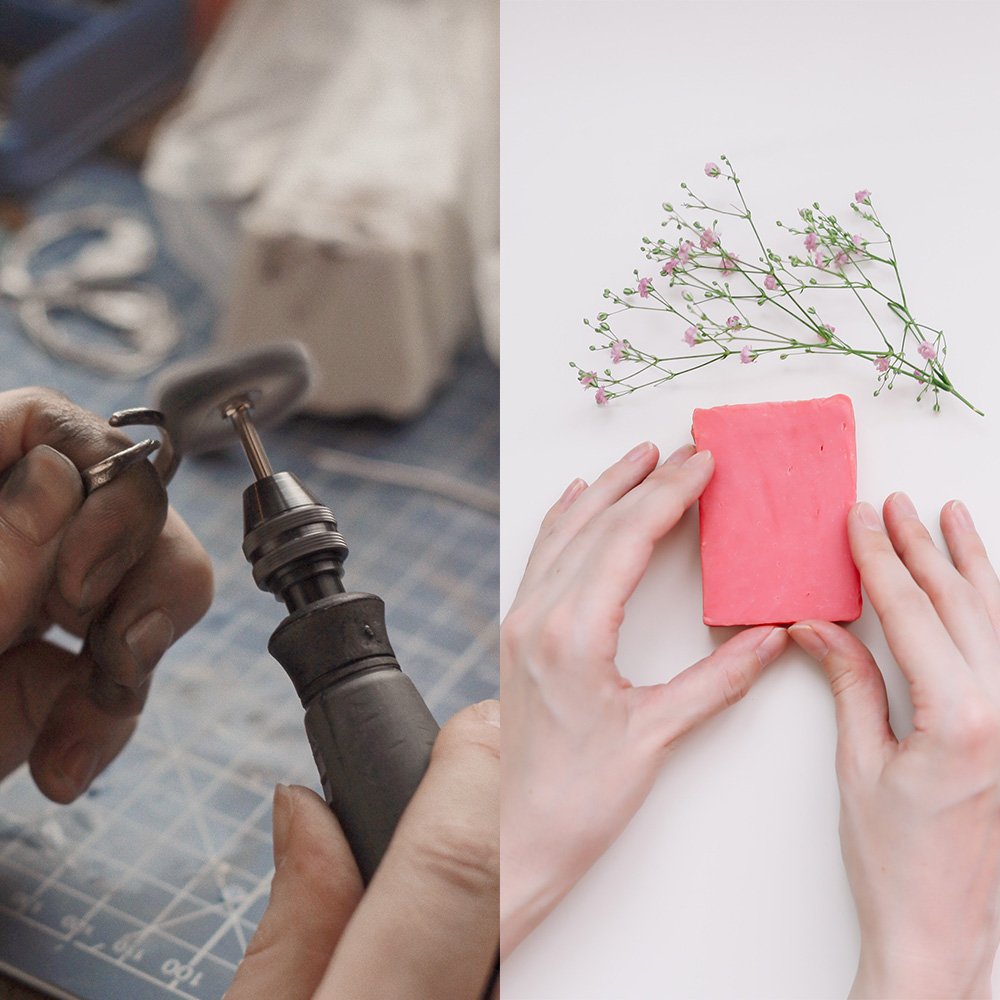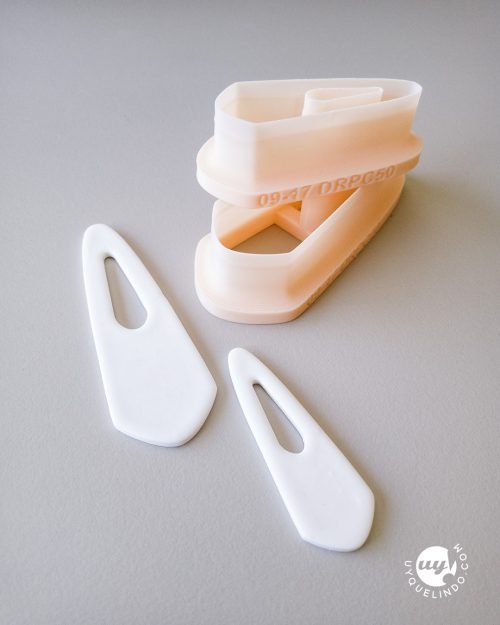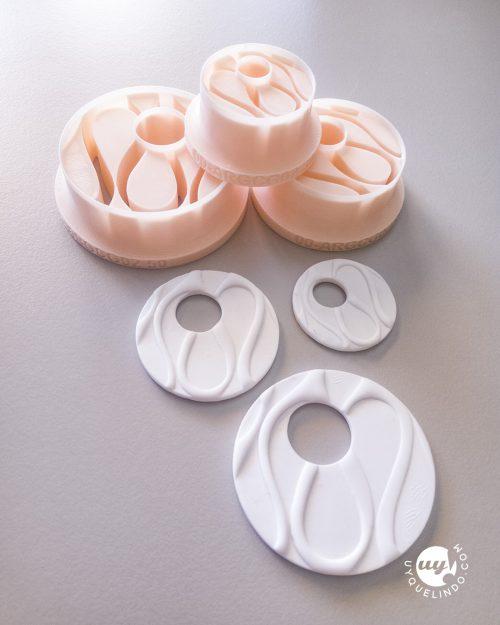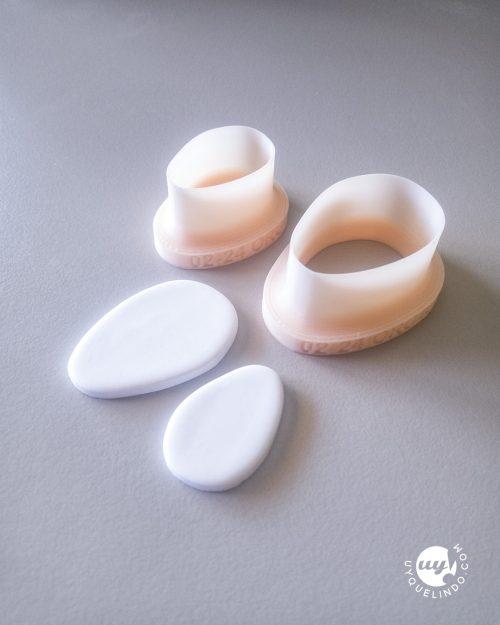How to create a polymer clay accessories business? Are you passionate about creating things with your own hands? Do you like the world of jewelry and want to start your own business? Then handmade polymer clay jewelry is a great option for you. Polymer clay is a versatile and easy-to-use material that allows you to create unique and detailed pieces. In this article, we'll walk you through the key elements of starting your own handmade jewelry business and how to stand out in a competitive market.
Elaboration of unique pieces:
Handmade jewelry in polymer clay allows you to create unique pieces that you will not find in any store. You can experiment with different shapes, colors, and textures to create pieces that are truly your own. In addition, the fact that each piece is handmade gives it a special value that customers appreciate, a factor that you must take into account and make explicit in your communications and branding.
Attention to details:
In handmade polymer clay jewelry, details are important. Each piece requires attention and care to ensure that the end result is exceptional. It is important to choose the best tools and have a suitable work routine in order to dedicate enough time to each piece. Every detail counts and is what will make your pieces stand out, choosing color palettes, systematizing tasks and creating collections.
A list of materials
Remember that these are just some of the materials and tools needed to create polymer clay jewelry, and that creativity and experimentation are the key to making unique and original pieces. Have fun creating your jewelry!
TYPES OF CLAY
- Polymer clay of different colors and brands, initially white, black, and primary colors (red, blue, and yellow)
- Transparent clay to create special effects and translucencies.
- Clay glue to join pieces (it is a special type of liquid clay with a translucent finish)
CONDITION and CUT
- Acrylic roller to stretch the clay
- Blades, scalpel, needles
- A metal ruler or whatever you have on hand, well printed.
- Depth guides (if you don't have a pasta machine, they are used to adjust the thickness of your dough)
- Tools to model and shape the clay (bolillos, estecas, etc.)
- Cutters (some basic shapes and some more complex ones to experiment with)
- If possible, manual or electric pasta machine, specific for polymer clay
COLOR
- Powdered or liquid pigments to mix with the clay and give shine or special color
- Alcohol inks to give degraded effects or add details
PRINT AND TEXTURE
- Rollers, rubber textures, stamping stencils
- Tools for creating textures and patterns
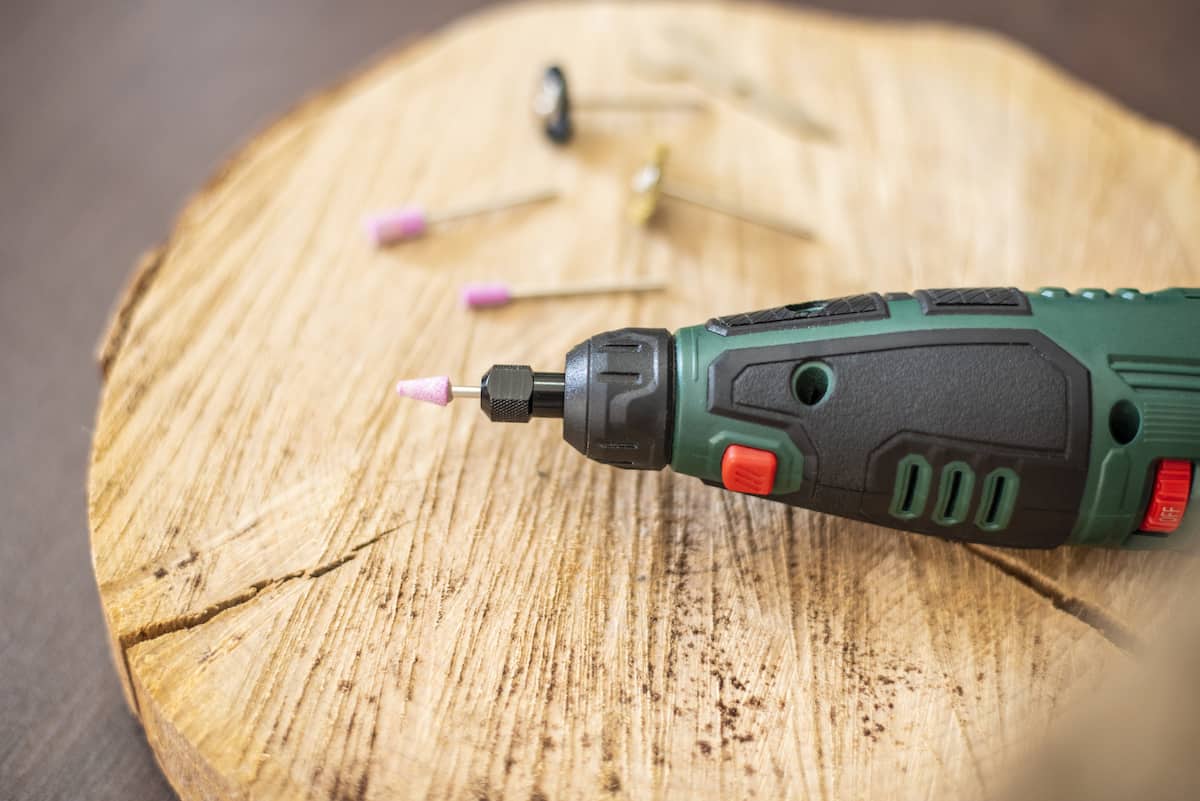
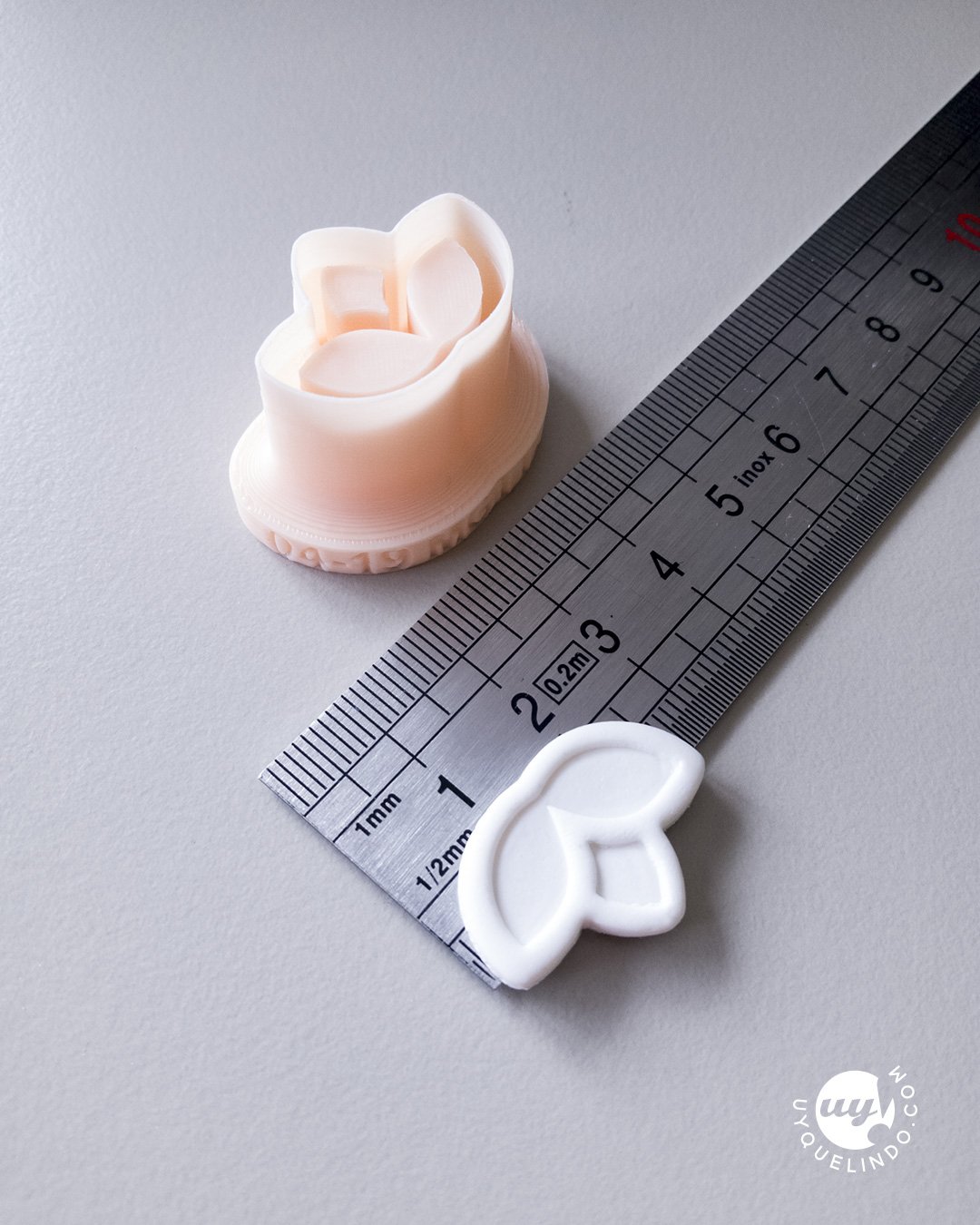
FINISHES
- Self-leveling varnish to protect and give a gloss or matt finish to baked pieces
- UV resin for a more durable and shiny finish
- UV curing lamp (solidifies UV resin)
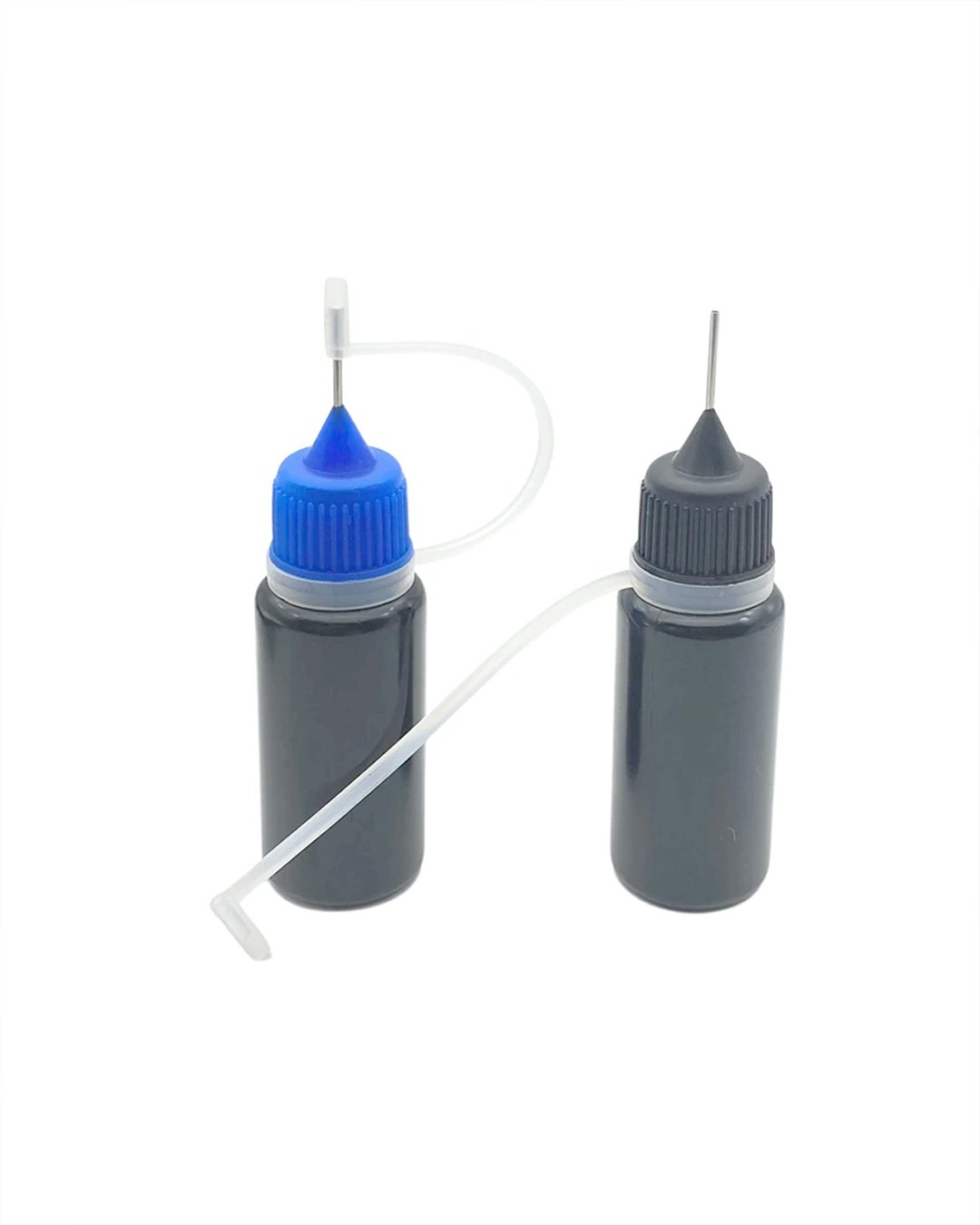
JOINTS AND HOOKS
- Stainless steel or brass rings to join the pieces (its size will depend on the thickness of your piece and the distance between pieces, you can use 4,5,6 mm or more, playing with the joints to obtain different effects (more or less mobility between the pieces). The cheapest prices correspond to brass. Plated brass is a good option to decorate your pieces. We strongly recommend STEEL or Sterling Silver.
- Hooks for earrings (there are different formats depending on the weight of the hoop, if you must join other pieces, if it is a pendant or through, I think we will only make a post to talk about the joints and hooks!) We strongly recommend STEEL or Sterling Silver.
ORGANIZE YOUR WORK
- Boxes or trays to organize (before investing in this, always recycle containers that you have on hand)
- The pieces baked, to polish, to paint, etc.
- A sampler of colored fired pieces to have a visual reference (you can write down your color formula behind them)
- Labels to identify the pieces and their process status or organize your orders.
- Display cards for earrings, necklaces, bracelets (you display the product on the card that you can place in a small bag or wrap in paper, before adding it to the box or envelope for shipping)
- Thank you cards boosting a positive rating and testimonials.
- Shipping boxes according to the size of your products
- Stickers to close boxes with your branding, thank you, discount coupon, etc.

